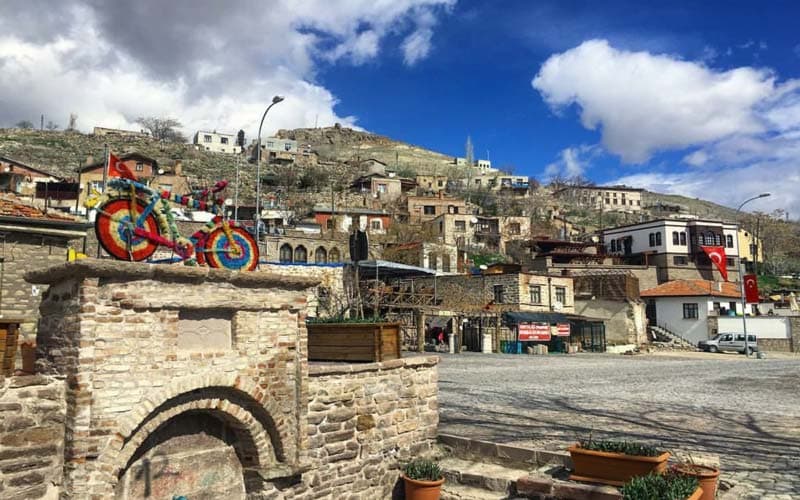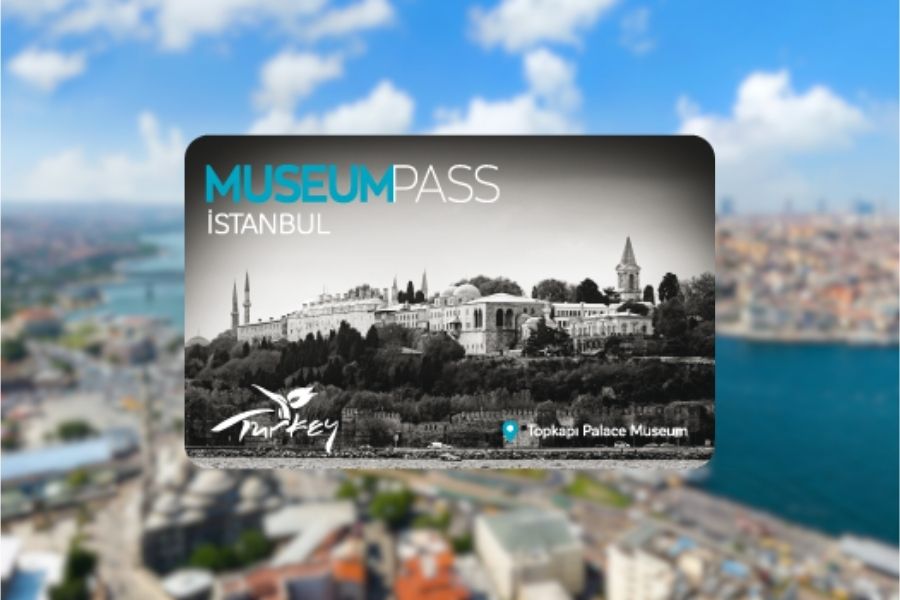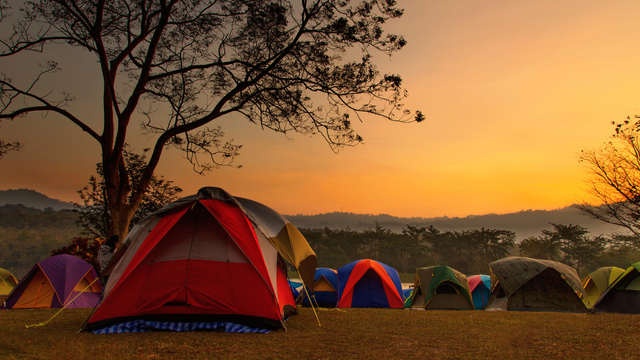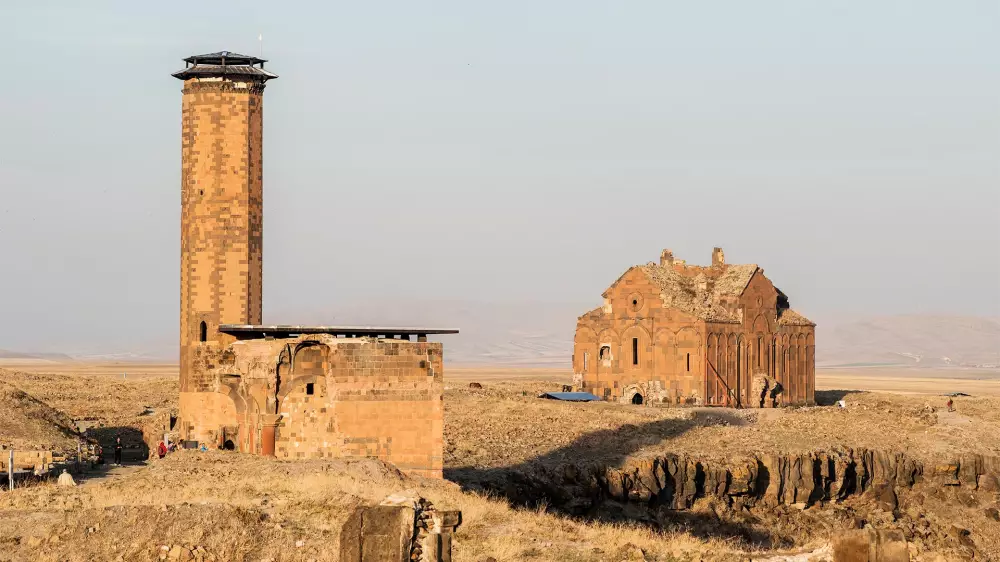
The Heart of Anatolia, Sille Village
Sille Village is a magnificent place that everyone who visits Konya must see. In this tiny but fairy-tale-like village, you can fully feel the unique beauty of Anatolia. With its history, churches and mosques, and houses that have preserved their distinctive architecture until today, Sille Village is a place where everyone can find a piece of themselves.
Konya is a magical city that holds Mevlana, whom everyone admires, in its heart, and it was the capital of the Seljuk State, filled with Islamic monuments in every corner. Here, Sille is a hidden corner of this beautiful city. It awaits you like a place that has emerged from fairy tales, 8 km away from the city center.
Sille has been inhabited since the Phrygians and has been an important settlement area of Konya since the Byzantine era and a major stop on the Istanbul-Jerusalem pilgrimage route.
Sille is currently a neighborhood of the Seljuk district. It has an elevation of 1115 meters above sea level and a surface area of 1152 square meters. Most of the surrounding hills of Sille are composed of tuff. During the Byzantine era, these hills were carved into chapels for Christians to hide and worship. There are still stone quarries in the area that have been used for centuries. The stones extracted from these quarries are known as "Sille Stone" and have been used in Seljuk structures. Research on the origin of the name "Sille" suggests that it may have originated from Silene during the Phrygian period, or it may have been derived from the Roman commander Sylla or Silenos, which means "boiling and gushing water" in Greek.
The historical development of Sille consists of three important periods: pre-Christianity, Christianity, and the Islamic period. During the challenging period until the Roman Empire accepted Christianity, people tried to live in rock churches and monasteries, and their traces have survived until today.
When Konya was conquered by the Seljuk State, Christians moved from the city center to Sille. During the Ottoman era, Turks and Greeks lived together in harmony. The population reached up to 18,000, but after the population exchange, when Greeks migrated to Greece, a peaceful life began in Sille. If we look at the structures that have survived from those beautiful days to the present, the Ayas Helena Church takes priority.
Ayas Helena Church:
Helena, the mother of Emperor Constantine, visited Konya on her way to Jerusalem to perform the pilgrimage and saw the carved temples from the early Christian era there.
Impressed by the struggle of believers in the face of difficult conditions for their faith and worship, Helena had a temple built for Christians in Sille. The repair inscription in the church states that it was repaired in 1883. The most important reason why it has survived intact until today is that it has been repaired in certain periods.
Sille Bath:
Hacı Ali Ağa Bath, also known as Ak Bath, Aşağı Bath, or Çarşı Bath, was built in 1884 and consists of two sections for women and men. It is located next to the Sille stream. It was built with rubble stone and bricks. It was restored by the Seljuk Municipality in 1998 and is used as Sille Community House Museum.
Sille City Museum:
The "Sille City Museum," established by the Seljuk Municipality in Sille, opened its doors to visitors in 2017.
The museum showcases the history and culture of Sille and reveals its handicrafts and folkloric structure. The museum consists of two floors and introduces the historical texture at the entrance and the cultural features and handicrafts on the second floor.
Candle Workshop:
Kolcu Candle is the only remaining candle workshop. Ibrahim Kolcu established the business in 1977 and handed it over to his son to pass it on from generation to generation.
Candles, which were once used for illumination, have now become decorative items in homes. With nearly 200 different types, scents, and their ability to transport you to a world of imagination, this candle workshop in Sille has managed to attract the attention of all tourists with its candles unique to the Konya region.
Pottery:
Turkish Coffee with its pleasant aroma that will greet you with every step you take on the streets of Sille. It is not just an ordinary Turkish coffee; it is Turkish coffee served in clay cups, which has been the livelihood of Sille for years. Sille consists of two separate neighborhoods due to the stream that runs through its center. The southern part of the stream used to be called the Greek Quarter, and the northern part was called the Muslim Quarter. Turkish and Greek craftsmen sometimes made pottery together and sometimes separately and sold them in different parts of Anatolia.
After all the years that have passed with joys and sorrows, see Sille still standing. Drink its coffee that will be remembered for 40 years, take fairy-tale-like walks by the stream, and add another memory to your collection.
Traveling makes you a rose, sitting makes you ash...
Written by: Ahmet Aydoğan



